This article by Building Green appeared in The Living Coast newsletter this month, and can be found on their website.
When we talk about creating safe, accessible and attractive towns and cities, we often forget one thing: Nature.
Well, stop and think about this: our species evolved for 2 million years on the African Savannah. That means us humans are hard-wired, physically and mentally, to interact with nature. The Victorians figured out that we feel better when we are amongst it, and build stronger communities when we have access to natural environments around us. We know and love our Victorian parks and the street trees that continue to enhance our city. Even as far back in time as 1750, Lewes’ own Richard Russell (aka ‘Dr Brighton’) published the first book to connect health with sea bathing!
Now, as you may have heard, we are on the cusp of a sixth mass extinction of biodiversity on earth and it’s our fault. We have both rare and everyday plants and animals in our city – and our gardens, parks, allotments, nature reserves, coast and farmland all have a role to play in protecting this biodiversity. But does it really matter? Isn’t biodiversity just for the ‘bird nerds’ and ‘flower fanciers’? Aren’t we apart from nature, not a part of it? What does nature in cities do for us? Well the evidence of how we depend on nature is now quite overwhelming.
Take health, for example. Being active in the natural environment is good for us. The annual cost of inactivity to the NHS in England is £8.2bn. For England as a whole, people living closer to green space have lower death rates and less heart disease. The importance of local green space for kids and poorer communities is especially important for health. Accordingly, doctors are beginning to prescribe a dose of nature in some parts of the country such as Cornwall for example.
There are also functional benefits of course. Greener cities are cooler (our current heatwave temperatures are predicted to be the average by 2050), with better air quality (Brighton & Hove has twice the national limit of harmful nitrous oxides), and better storm water management (we are one of the most at risk locations in the country for surface water flooding).
And what about community? Recent work has estimated that ‘neighbourliness’ delivers a £28bn saving to the UK from increased social connections and demand on policing, social care, welfare and environment. Creating and managing green features is an opportunity for community activity and cohesion, and the greener our places, the less crime we are likely to suffer. For example, one major study in the US recorded 48% fewer property crimes and 56% fewer violent crimes in green Chicago estates.

Green roofs at the University of Brighton’s Checkland building, Falmer campus (James Farrell)
But what about the places in between the green spaces – the buildings themselves that define ‘city’ in the first place? Long gone is the traditional mindset of preserving nature behind fenced off reserves. Nature is out and proud – on green roofs, green walls, balconies and terraces. The local voluntary initiative of ‘Brighton & Hove Building Green’ believes that we can do better with these often under-utilised and ‘wasted’ spaces, and bring about many more of these benefits.
Thanks to imaginative planning policies in places like London, the UK ‘green roof’ movement is growing at 17% annually – the fastest growth in Europe! Here in Brighton & Hove, a recent study identified 87 football pitches-worth of roofs in a 9km2 area of the city centre that were suitable for greening – providing benefits for urban drainage, avoided air conditioning and urban cooling. And hey, they look great – certainly better than boring felt or shingle ballasted roofs, or much of our blank city wall space. Brighton & Hove City Council does have supportive planning policies and it’s not difficult to find great examples of green roofs and walls in Brighton without too much standing on tip-toes: The Level cafe for example, the Crew Club in Whitehawk, the garden in Regency Square that covers the underground car park, the green walls in the New England streets behind Brighton Station, and the wonderful wildflower roofs on the Phoenix ‘container housing’ at the old Cobbler’s Thumb site near Preston Circus.

Green roof on the Velo Café, Brighton, created by ‘Organic Roofs’ (James Farrell)
At Building Green, we believe that creating a better Brighton & Hove is not just worthwhile, but achievable. We also know that evidence is not enough – people change when they feel as well as think, and we need green spaces for people to experience and interact with personally, as often as possible.
So here’s an idea. Take a walk down Duke’s Mound from Marine Parade to see the green wall – our long, leafy wonder. You may notice how it cools the air, and how the greens perfectly offset the sea and the buildings of Regency Kemptown. You may see butterflies, bees and birds and maybe catch the scent of wallflower or Spanish gorse. You may notice figs, gladioli and ferns, and how much slower and calmer people seem as they walk along. Why not try it at the weekend – I’ll bet you will feel a difference!

Green wall on Madeira Drive, Brighton (James Farrell)
So let’s remember that key ingredient and cherish our most important landscapes, sites and wild places, both in the city and without. But let’s also take down those metaphorical fences and bring nature into the very fabric of the city and into our everyday lives. After all, we may very well depend on it.


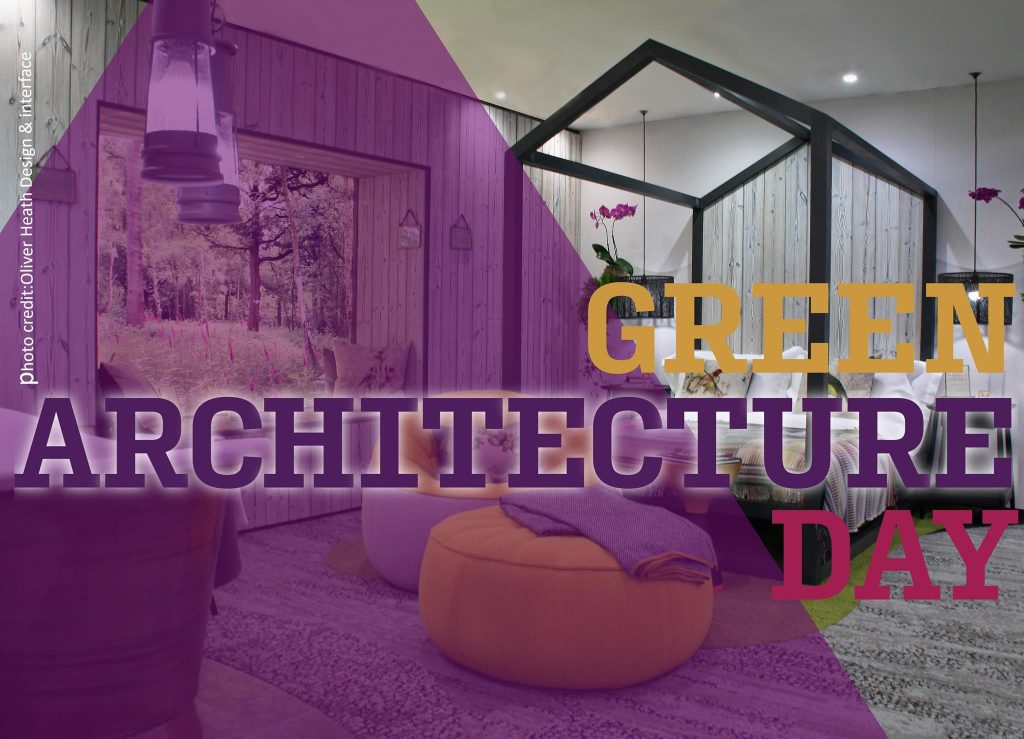
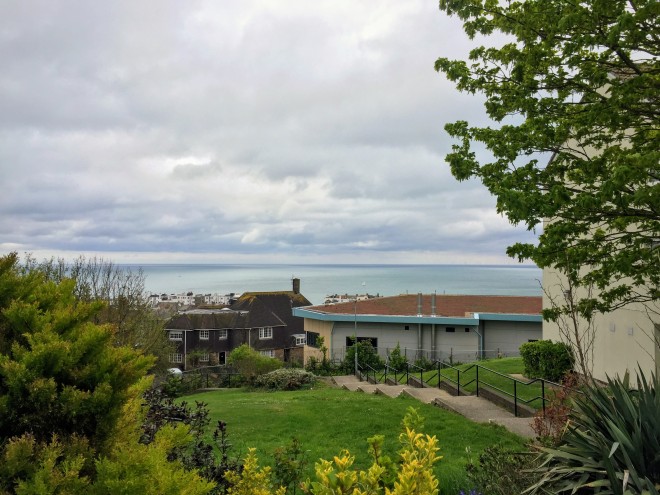
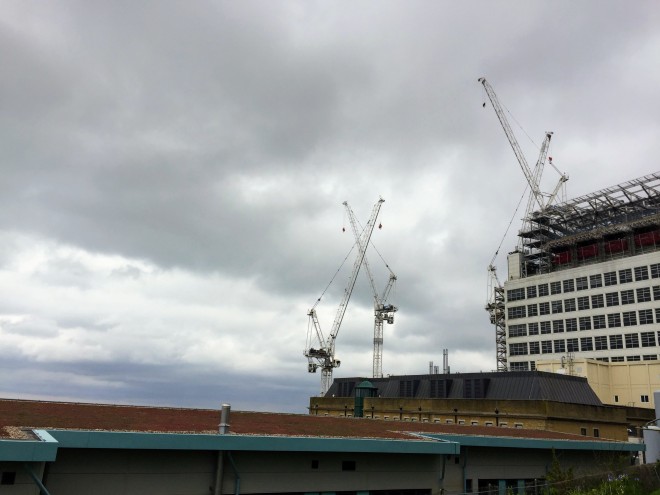







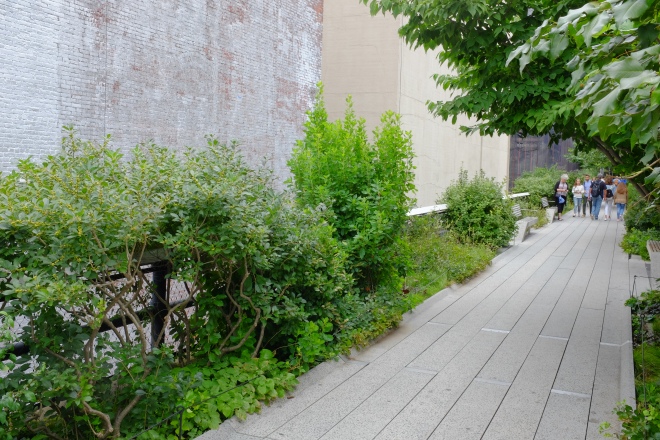
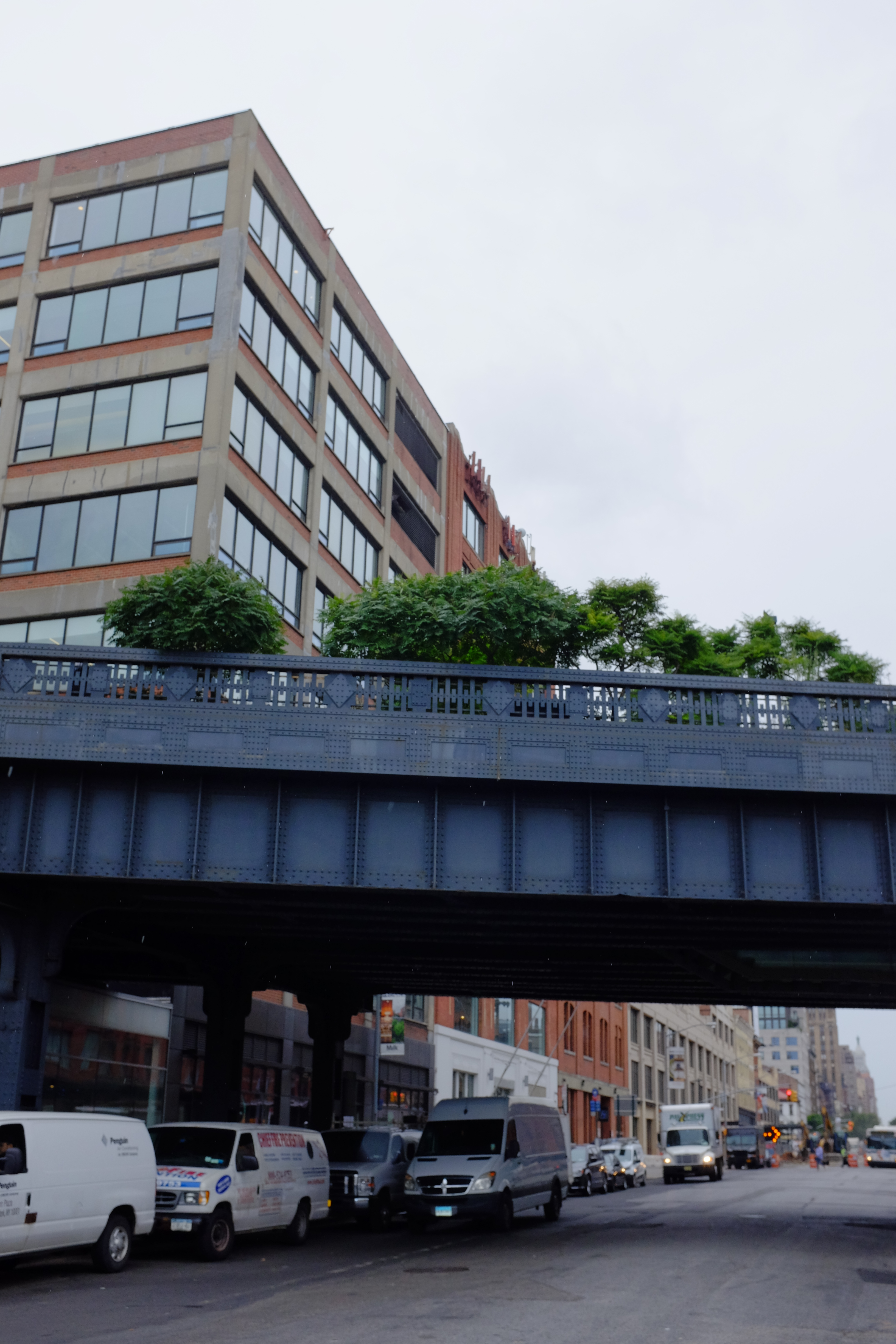

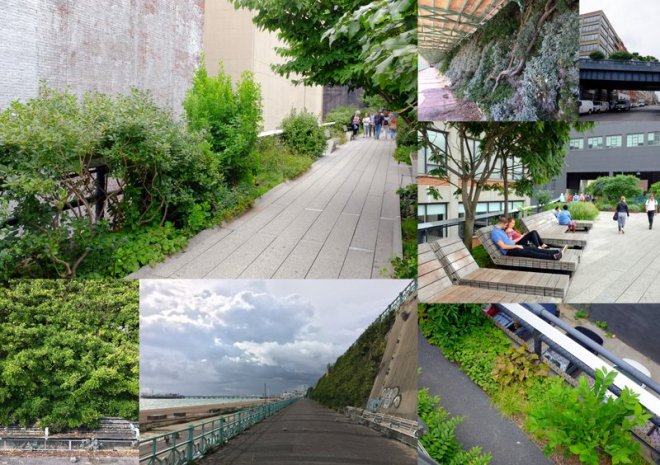



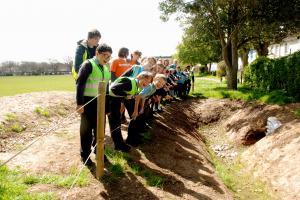















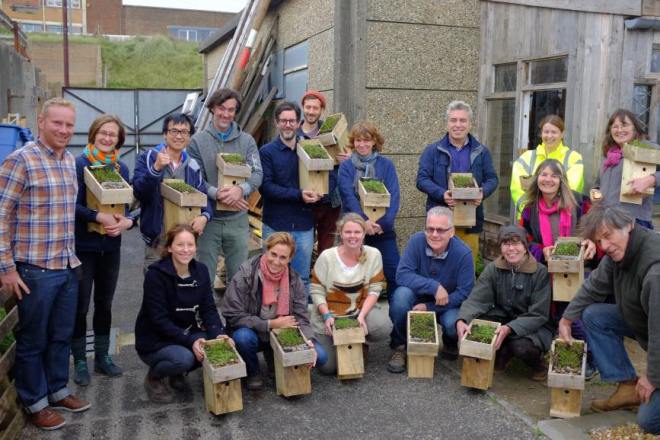 .
.